Artificial intelligence and Deep Learning are based on computational models and algorithms, and are therefore per se of an abstract mathematical nature. Nevertheless, AI is patentable. We summarise the current EPO requirements for an AI patent application.
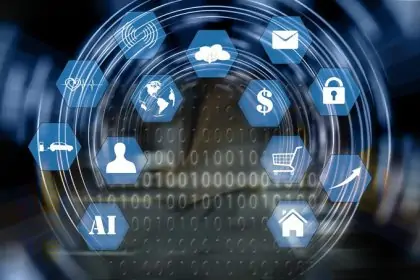
Artificial intelligence and machine learning (AI and DL (Deep Learning)) are used almost everywhere in industry and business. Management and efficiency enhancement in energy supply as well as in the areas of logistics and infrastructure, industrial production companies, car manufacturers – they have all been using computational models and algorithms for a long time, especially to optimise and automate business processes. AI has also been established in agriculture, supporting processes such as fertilisation and irrigation, decision-making aids and forecasts.
Of course, AI and DL are also very present in the “big data analytics system“: the processing of the mass of data accumulated on social media platforms and via website use is naturally also done by means of adaptive algorithms, ultimately to improve customer knowledge and customer interactions. All modern marketing has been working on this basis for years.
AI and DL have also entered private everyday life: “Smart” is the keyword here (Smart Home, Smart Living), e.g. even Frankfurt is on the way to Smart City Frankfurt.
With a slight time lag, case law on the patentability of AI and DL and of processes using a computer is also adapting. Politics has also discovered the topic of AI; the political framework for AI innovations in Europe is currently being defined – we reported.
AI patent application: Current EPO requirements
It is therefore all the more important to know and take into account the current requirements of the European Patent Office (EPO) when applying for patents on AI and DL. In March 2021 (G 0001/19), the Enlarged Board of Appeal of the EPO (the highest judicial instance under the European Patent Convention (EPC)) adapted its previous case law: Accordingly, as soon as a computer program is running, even merely “potential” technical effects are always to be treated as genuine technical effects. In practice, this opens up new possibilities for patent protection for algorithms and mathematical models.
In fact, the EPO’s current guidelines for the recognition of a technical purpose of a mathematical method include concrete examples such as the control of a technical process or device and also the analysis or improvement of digital audio, image or video files (including person recognition in digital images).
In principle, denoising is also explicitly mentioned as a permissible technical purpose (a very important aspect in coding). In general, the EPO is open to patenting data coding and decoding for more reliability and/or more efficiency, in this sense also the compression of data.
The EPO also offers examples of patentability in relation to networks. This is particularly interesting in relation to Industry 4.0, because it aims not only at the digitalisation of products and production, but above all at the possibility of networking technical systems in real time. And according to EPO, Inventions relating to access keys (encryption/decryption, digital signatures, RSA encryption system) as well as load balancing in a computer network can be patented.
“The devil is in the details”
But an AI patent application always has to be prepared very carefully; to put it casually, the devil is in the details.
Classification method
Thus, according to the 2012 EPO decision, the classification of abstract data sets or even “telecommunication network data sets” without specifying a technical use of the resulting classification did not constitute a technical purpose per se, not even if valuable mathematical properties such as robustness can be attributed to the classification algorithm (Classification method/COMPTEL, T 1784/06). A general purpose such as “control of a technical system” is not sufficient to give a mathematical method technical character, according to current EPA guidance. The technical purpose must be specific.
Reliable results are the essence of an algorithm
Nor is it sufficient for the technical considerations of an AI invention to indicate that the claimed classification method can produce reliable and objective results. The mere fact that an algorithm leads to reliable, reproducible results does not, according to previous EPO decision practice, mean that it makes a technical contribution.
Even the fact that the mathematical method can serve a technical purpose does not confer a technical character according to current EPO guidance. Rather, this method (i.e. the algorithm of an AI) must be causally linked to a technical effect. As an example, the EPO states that a patent applicant should describe how the input and output of the sequence of mathematical steps relate to the technical purpose.
Technical character through technical implementation?
However, the necessary technical character of the claimed process and an inventive step may lie in its technical implementation, in the use of a computer. In this respect, the EPO states in its current guidelines that a process or apparatus involving the use of technical means (e.g. a computer) has a technical character as a whole and is thus not excluded from patentability under Art. 52 (2, 3).
But beware: If the technical implementation of a mathematical algorithm is obvious, the EPO has so far not seen any inventive step in the use of a known general-purpose computer (EPO decision T 1358/09 of 2014). Only if the algorithm design was motivated by technical considerations of the internal functioning of the computer has it been considered patentable so far. It will be interesting to see how the next decisions of the EPO will turn out in the sense of the legal adjustment of the Enlarged Board of Appeal from this year.
Incidentally, according to the EPO’s current guidelines, it should be noted that terms such as “support vector machine”, “reasoning engine” or “neural network”, which seemingly self-explanatory refer to the use of technical means, are not recognised by the EPO as such and per se in the sense of the use of technical means. Depending on the context, they can also merely refer to abstract models or algorithms, which would not be patentable, is the logic behind this.
Computer-aided Simalations – technical and non-technical processes
Finally, we add the current EPO specifications for simulation processes. The EPO makes a clear distinction between computer-aided simulations of technical processes, which according to the EPO are patentable even if they precede actual production and / or do not involve a step in the production of the material end product. However, if the simulations are of non-technical processes (e.g. from the field of marketing or administration), then even a computer-assisted simulation cannot be considered patentable.
Drafting an AI patent application?
Let us look together for possibilities and a suitable solution for your AI patent application. Our experienced lawyers will advise you individually and develop the right strategy for your patent application in consultation with you.

Sources:
EPO requirements for patent application of mathematical methods, G-II, 3.3
Image:
geralt | pixabay | CCO License mit geralt pixabay | CCO License

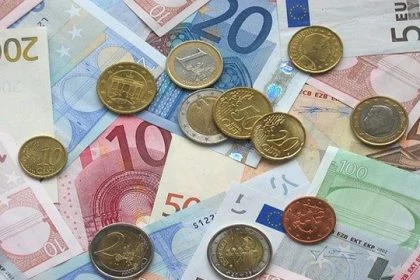
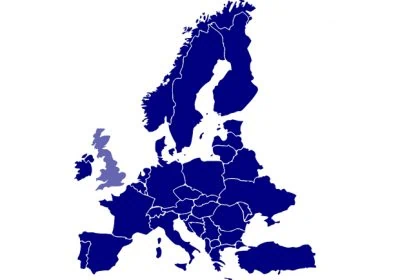
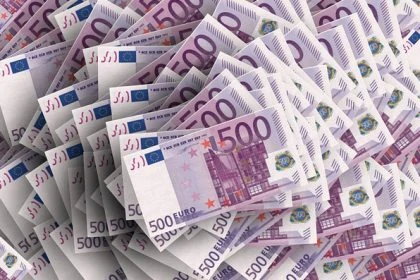

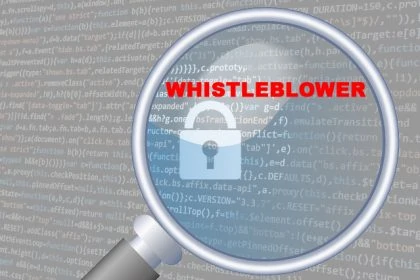
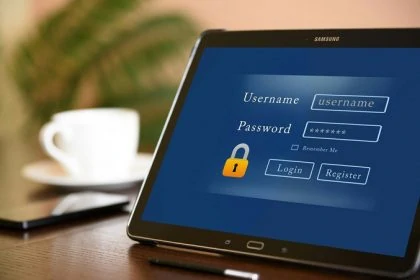
Leave a Reply